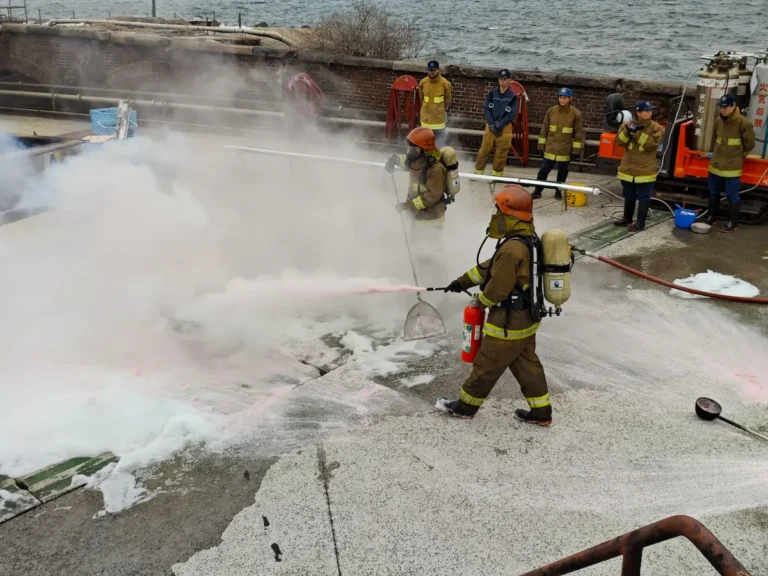As the shipping industry surges toward decarbonisation, it’s the quieter revolutions that often make the biggest waves.. And CMA CGM’s latest announcement out of Vietnam might just be one of those tide-turning moments..
In a bold stride toward net-zero inland logistics, CMA CGM has launched the first 100% electric container barge in Southeast Asia, signalling what could be a blueprint for clean cargo movement in emerging markets..
From Diesel to Zero Decibels and Sunshine
This isn’t just an electric barge—it’s an integrated low-emission logistics ecosystem..
Jointly developed by CMA CGM’s CMA Ships and R&D teams, this electric river vessel will operate along a 180 km stretch between Binh Duong Province and Bà Rịa–Vũng Tàu, a key freight corridor feeding into Vietnam’s deepwater Cai Mep Terminal near Ho Chi Minh City..
Here’s where it gets interesting: The barge will be charged by a dedicated solar-powered station connected to a new solar farm at the Gemalink terminal, with a projected annual output of 1 GWh of renewable electricity.. That’s enough green power to slash CO₂ emissions by 778 tons per year—all while bypassing the congested road corridors in southern Vietnam..
NIKE, first to step on board the electric barge
NIKE has become the first global partner of CMA CGM to adopt this electric barge solution for its cargo flows between Vietnam-based manufacturing hubs and the Gemalink terminal..
As a long-time customer of CMA CGM, NIKE’s early adoption signals that major shippers are increasingly ready to invest in end-to-end sustainability, not just green vessels but greener routes, greener nodes, and greener modes..
“This low-carbon logistics model is designed to be replicated with other customers and in additional countries, especially where inland waterways play a key role in supply chains.” CMA CGM said on its website..
Green River Transportation
To power this project at an operational level, CMA CGM has partnered with Vietnam-based logistics major Gemadept to form Green River Transportation—a joint venture dedicated to operating and scaling the electric barge service..
This partnership not only anchors CMA CGM’s operational presence deeper in the Mekong Delta region but also reinforces its support for local job creation and port development in Vietnam, where the group has maintained a presence since 1989..
A small vessel with a massive signal
The maritime industry often talks about green fuels, carbon capture, and vessel redesigns.. But what CMA CGM is doing here is something far more tactical, and possibly more scalable:
- Electrifying short-haul logistics where diesel still dominates..
- This barge may only ply 180 km, but the message it sends is borderless..
- It challenges port operators, 3PLs, and freight buyers to reimagine river networks—not as relics of the past, but as foundations for zero-emissions logistics of the future..
A milestone toward Net Zero by 2050
CMA CGM has set itself the ambitious target of reaching Net Zero Carbon by 2050.. This project aligns squarely with that goal and demonstrates the company’s commitment to:
- Low-carbon technologies
- Deployment of alternative fuels
- Development of zero-emission transport modes
It also reinforces the growing realisation across the supply chain that sustainability must extend beyond sea freight, covering inland transport, warehousing, and terminal design..
Why this matters for the global trade ecosystem
As more countries introduce emissions regulations across freight corridors—and as Scope 3 emissions become boardroom-level priorities, projects like this offer more than emissions cuts.. They offer replicable playbooks for building sustainable logistics from the inside out..
For shippers operating in complex markets like Asia, inland waterway electrification might just become the next big frontier in decarbonisation.. Not only because it’s cleaner, but because it’s smarter, quieter, and increasingly cost-competitive..













